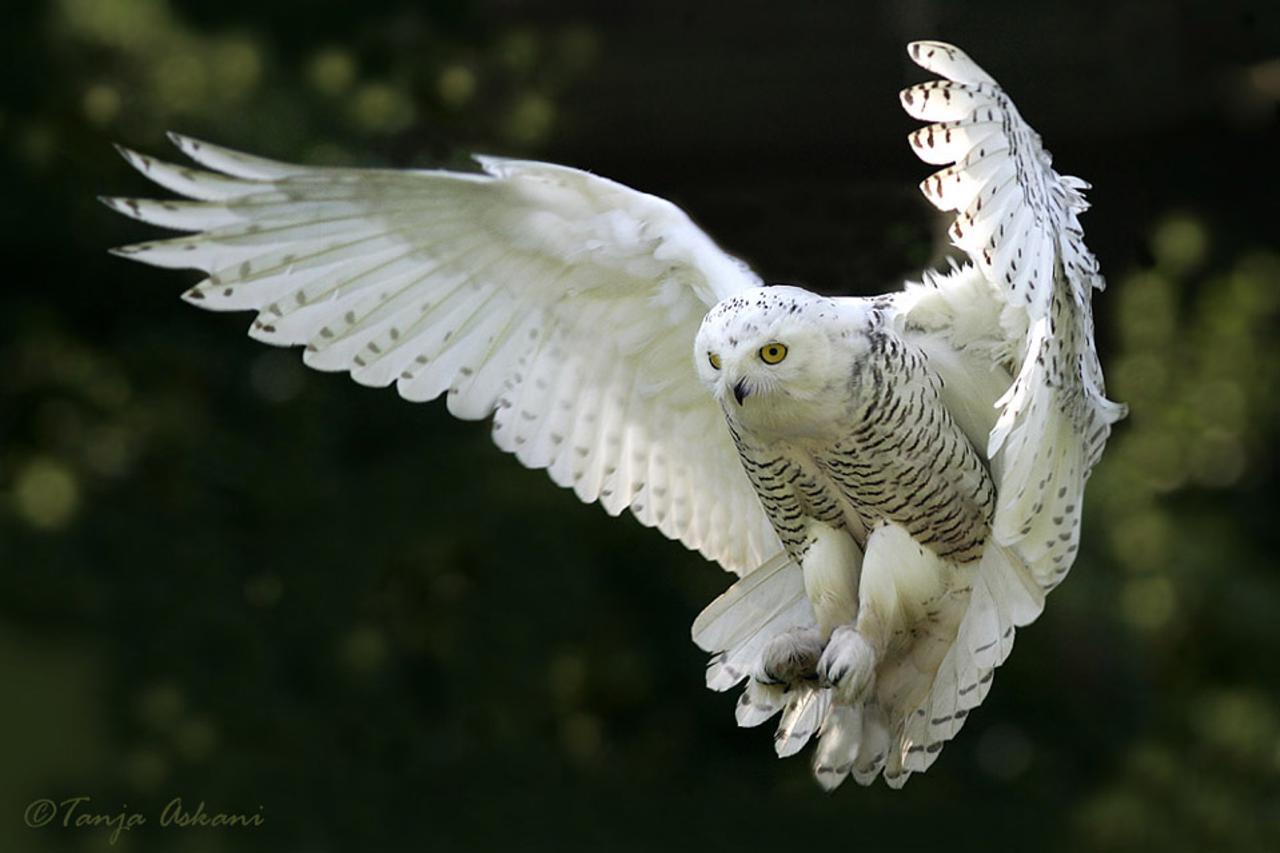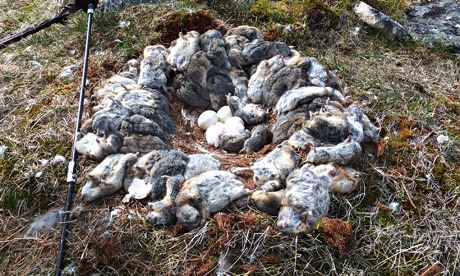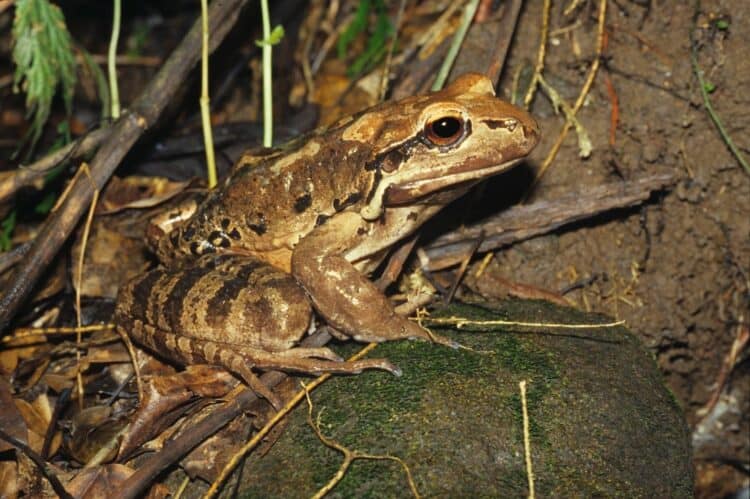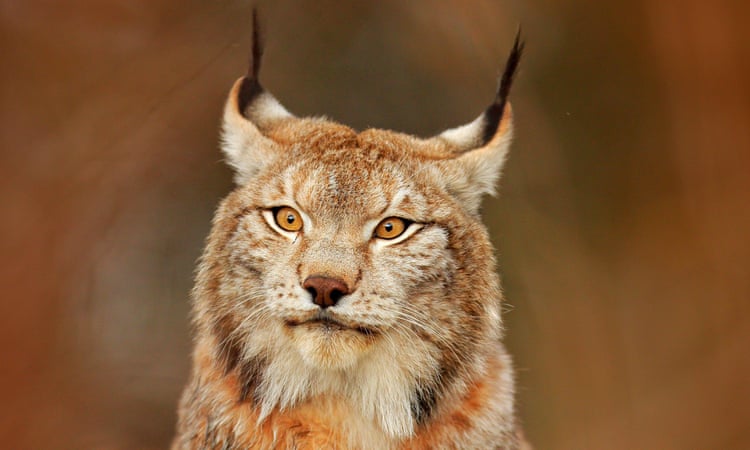For the lowly Arctic lemming, life is cruel. In a flash before death, often the last things a lemming sees are the deadly talons of a majestic snowy owl. A mass sacrifice of this rodent with stubby legs probably gave rise to what scientists are calling the largest snowy-owl irruption in at least half a century. The gleaming white birds poured out of Canada this winter to points throughout the eastern US, captivating birdwatchers, scientists and people who had never seen them up close.

Their flights, covering thousands of kilometres, were fuelled by a steady diet of lemmings. The lemming population spikes about every four years in the Arctic, and last summer it rose off the charts on Canada’s Bylot Island in the Nunavut territory.
Snowy-owl pairs that raise chicks on lemmings flocked there, according to Jean-François Therrien, a research biologist at the Hawk Mountain sanctuary for raptors in Kempton, Pennsylvania, who studies the owls.
The abundance was so unusual that Therrien and a colleague who conducted research in the area in July found a single snowy-owl nest with four unhatched eggs encircled by 70 dead lemmings placed there by a male owl.
“I’ve encountered some lemmings around nests in the past, maybe one to two, or three,” said Therrien, but 70 was a shocking first. At a nearby nest, he saw 64 dead lemmings, enough to feed far more chicks than usual.
“This is one of the main reasons for this kind of irruption,” he said.
Irruptions of snowy owls from Canada to the US have happened every year for centuries. Owls hatch and mature enough within two months to fly. When the Arctic freezes, lemmings scurry under fresh snow, where they’re nearly impossible to catch, and adult snowy owls chase young owls from territory that can only feed a few.
Unlike other years, a bumper crop of young snowy owls took flight, strong and fat from gorging on lemmings, powerful enough to fly as far as 4,800km down the Atlantic coast in search of meals. They fanned out from New England to New York to downtown Washington to Jacksonville, Florida.
“The assumption is they’re coming here because they’re hungry,” said Scott Weidensaul, co-director of Project Snowstorm, a collaboration of scientists who are observing and trapping the owls and fitting them with solar-powered radio collars.
“They’re not coming south because they’re hungry. Every owl we’ve caught is fat, healthy,” he said. Weidensaul said that a snowy owl he helped trap for removal from Philadelphia International Airport recently “looked like it was living very high on the hog”.
When snowy owls are away, lemmings play. Hidden under snow cover with few worries, they do what comes naturally, giving birth to litters of six to eight. Lemmings mature sexually in a few weeks, allowing three generations to grow during a single winter, said Gilles Gauthier, a professor of biology at Laval University in Quebec City.
But the population booms that feed the big snowy-owl irruptions might not last in an era of global warming. The Arctic landscape is changing, and there are early signs that it has caused lemming populations to dip in Scandinavia and Greenland.
Studies have shown that lemming populations have not peaked in more than a decade. The flat tundra now sprouts willows and shrubs that compete with the grasses and mosses lemmings prefer.
Even the texture of snowfall has changed, from fluffy to soggy and wet. It ices over when temperatures drop, encasing the vegetation that lemmings covet while replenishing their ranks. When there are few lemmings, snowy owls don’t bother to raise chicks.
“I think it’s safe to say that what’s going on is unsettled, and when it’s unsettled, it’s cause for concern,” said Henry Tepper, president of Mass Audubon, a Massachusetts conservation group.

Lemmings in Canada’s portion of the Arctic have yet to show signs of a downturn. The irruption they fuelled last summer has raised public awareness and revolutionised the study of snowy owls.
Project Snowstorm pulled dozens of scientists together from some 10 states to study them, Weidensaul said. They improved their methods of trapping and placed solar-powered radio collars on dozens of the owls, which live about 15 years.
Before snowy owls start heading back to the Arctic, scientists want to fit as many as possible with transmitters and GPS devices.
“I’ve got to say, this has been one of the most exciting projects I’ve ever been involved in,” Weidensaul said. “One of these days I’m going to open up my email and this huge data dump [showing snowy-owl whereabouts] is going to come through. It’s going to be like Christmas.”
At Logan International Airport in Boston, Norman Smith, director of Mass Audubon Blue Hills Trailside Museum in Lincoln, Massachusetts, said he has trapped 85 snowy owls, nearly double the second-highest number ever caught there, in the winter of 1986-87.
Trapped owls are rushed to sanctuaries, tested, cleaned, tagged with an identification bracelet and released at a beach south of Boston for the southward migration at the start of winter or north of the city for the return trip home at winter’s end.
This approach by Mass Audubon is now emulated at airports where owls were once shot.
Like many airports, Logan is perfect for a bird that usually hunts where there are no trees or shrubs. There are 730 hectares of open field with mice running about, along with ducks and sea birds.
In the Great Lakes region, observers from Project Snowstorm found the owls far out on the lake, perched on floating ice, staring down ducks and other migrating birds. Snowy owls on the Atlantic coast hunt at night over the ocean for ducks and other waterfowl.
“They will eat pretty much anything they can jam down their throats – ducks, gulls, geese, muskrats, great blue heron,” Weidensaul said. “They’re a very big, very strong, very capable predator. On the Delaware coast, they were seen feeding on a dolphin carcass. That’s a new behaviour we’re documenting this year.”
The worry that lemming populations will fall is speculation, “an unknown situation”, Smith said. But the future is a concern. “One thing we know with the lemming population, they need that snow cover to survive,” he said.
In the spring, when snowy owls search for lemmings, males and females perform a courtship dance in flight. The male dives to catch them to show he’s a good provider, so the female will lay eggs.
“When the male comes back with nothing, the snowy owls don’t breed,” he said.
This article appeared in Guardian Weekly, which incorporates material from the Washington Post.







Leave a Reply